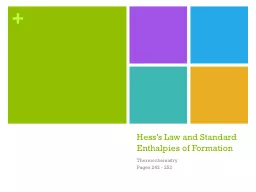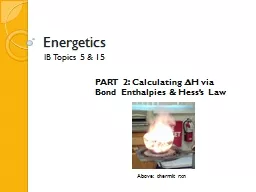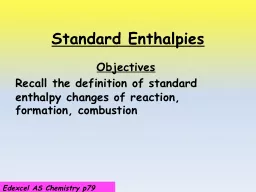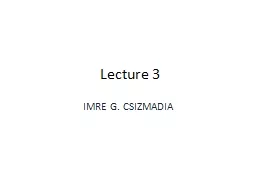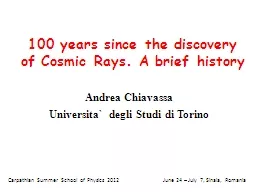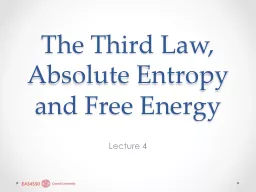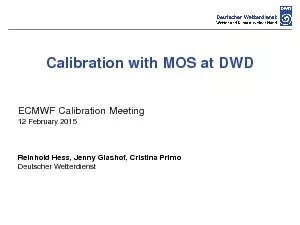PPT-Hess’s Law and Standard Enthalpies of Formation
Author : pamella-moone | Published Date : 2016-04-06
Thermochemistry Pages 242 252 Hesss Law Enthalpy changes are state functions It does not matter if ΔH for a reaction is calculated in one step or a series of steps
Presentation Embed Code
Download Presentation
Download Presentation The PPT/PDF document "Hess’s Law and Standard Enthalpies of ..." is the property of its rightful owner. Permission is granted to download and print the materials on this website for personal, non-commercial use only, and to display it on your personal computer provided you do not modify the materials and that you retain all copyright notices contained in the materials. By downloading content from our website, you accept the terms of this agreement.
Hess’s Law and Standard Enthalpies of Formation: Transcript
Download Rules Of Document
"Hess’s Law and Standard Enthalpies of Formation"The content belongs to its owner. You may download and print it for personal use, without modification, and keep all copyright notices. By downloading, you agree to these terms.
Related Documents

